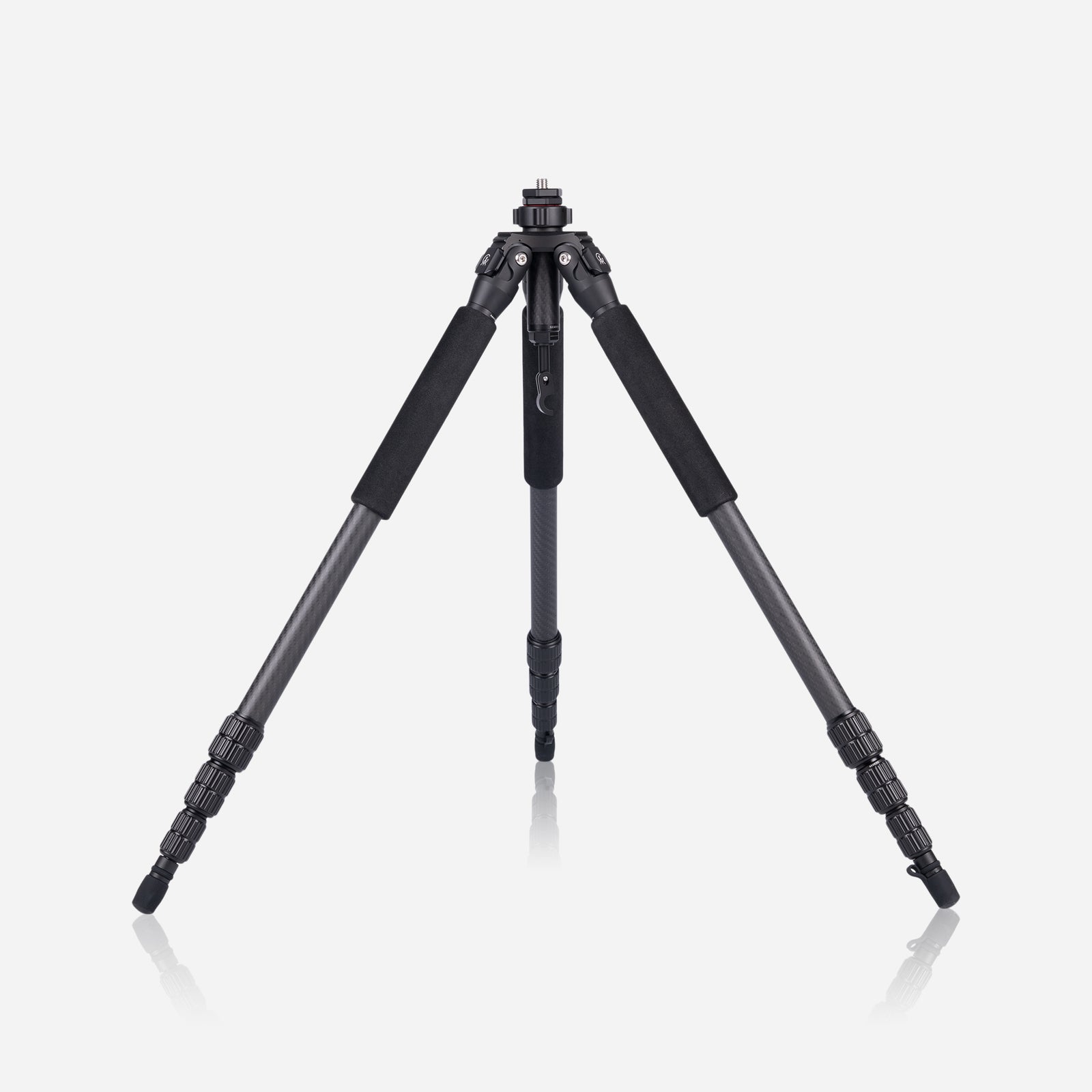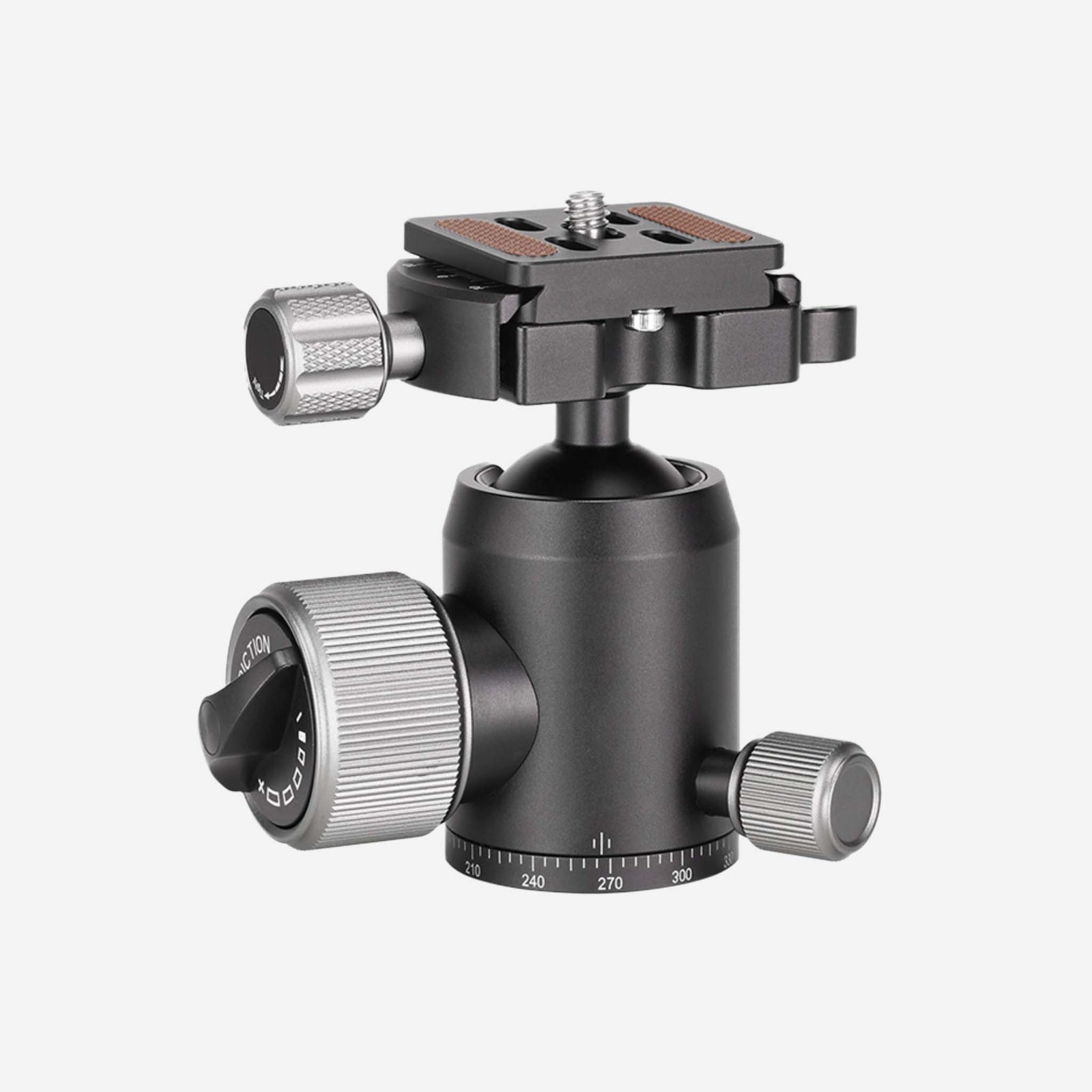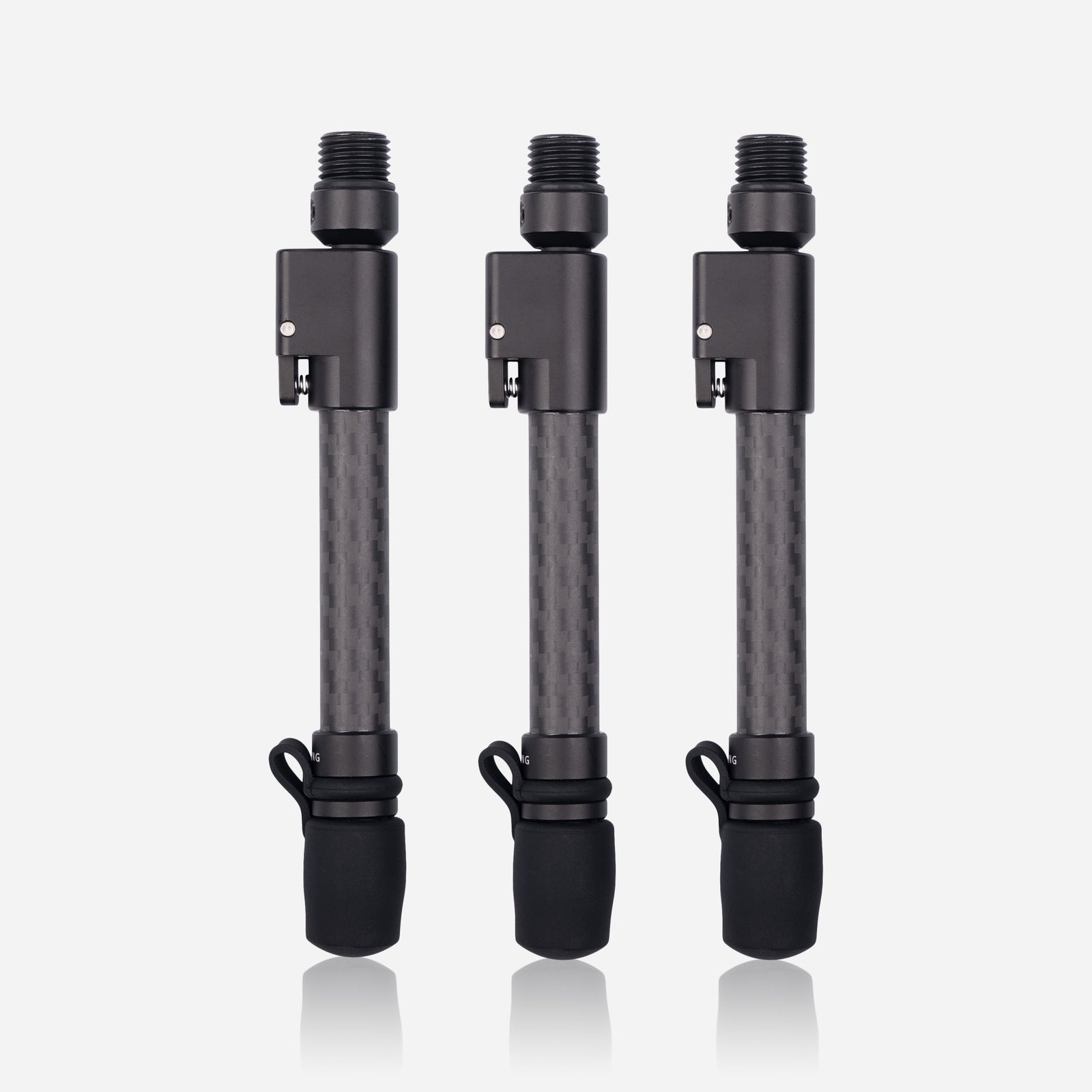It's quite an indescribable feeling, stepping onto the Appalachian trail in Roanoke, Virginia with your entire life on your back for the next 10 weeks. A combination of excitement and nerves, along with an innocence of what we were to face, made way for a very confused couple of teenagers. 1000 miles, the majority of it with no access to phone signal or any other humans apart from ourselves, and we really had no idea what we had got ourselves into.
The trail itself encompassed the height of Mount Everest seventeen times over, which was a gruelling feat in itself, even without the addition of blistering heat, freezing temperatures and sleepless nights in thunderstorms. Though Nick and myself are both keen campers and hikers, this challenge was greater than anything we had ever experienced before. I speak for the both of us when I say that we rapidly learned how crucial trekking poles are when undertaking a hike of this magnitude - they are an absolute necessity. With your tent, sleeping bag, stove and the rest on your back, they take a significant amount of the weight off you, preventing damage to your knees and ligaments. Nick is a keen photographer and so brought the Gearing tripod with him, along with a spare standard leg, giving us each an incredibly sturdy pair of trekking poles. From this, we were able to keep his photography passion alive throughout the trip by simply conjoining our legs together to form the tripod. The legs also provided us with the stability and strength that we needed throughout the trek.

We learned that though the ascent is more tiring, the descent does the damage to your body. It is important to utilise your trekking poles to their maximum capacity. Walking uphill, we put as much weight as possible onto the poles to save our knees from the weighted impact. Downhill, they were even more crucial to stop the heavy loads on our backs crushing our knees. Without the Gearing trekking pole kit, the trip could have ended a lot earlier than it did, as we witnessed occur for many hikers that we met along the way. Complete trust in your kit is paramount to a successful trip, and the Gearing tripod provided this entirely. It also proved itself as a triple threat, being our tent frame for the 10 weeks we spent in the wilderness. A camera tripod that also works as a tent frame and trekking poles for two people across a thousand miles of some of the most difficult terrain in the world is worthy of great commendation.
The one issue we encountered with our trekking poles was almost at the end of trek, when Nick accidentally jammed a pole between two rocks, tried to pull it back out at a bad angle and it sheared off in the lowest quarter. We recovered the lower leg, and thanks to the Gearing tripod being fully field serviceable, we simply rethread the lower leg into its section at a slightly lower height, and readjusted the other leg so that they were equal heights. We had brought spare spikes and snow baskets with us, but neither of these were needed on the entire trip. By the end, our trekking poles were still firmly intact (apart from the snap) and although Nick replaced the leg that broke, we both use the trekking poles from the trip today.

The most surprising use we found for our trekking poles, one that us English lads had never thought of before, was to ward off snakes that fancied a bite out of our hiking boots or legs. Our hikes in Snowdonia and the Brecon Beacons hadn't quite prepared us for the assortment of venomous snakes that the States had to offer and we found ourselves slightly out of our depth. However, the spikes and snow baskets proved particularly useful in these battles, except for near miss when I was washing in a river and the only semi aquatic viper in the world made a lunge for me!
Written by Maxton Thomas




